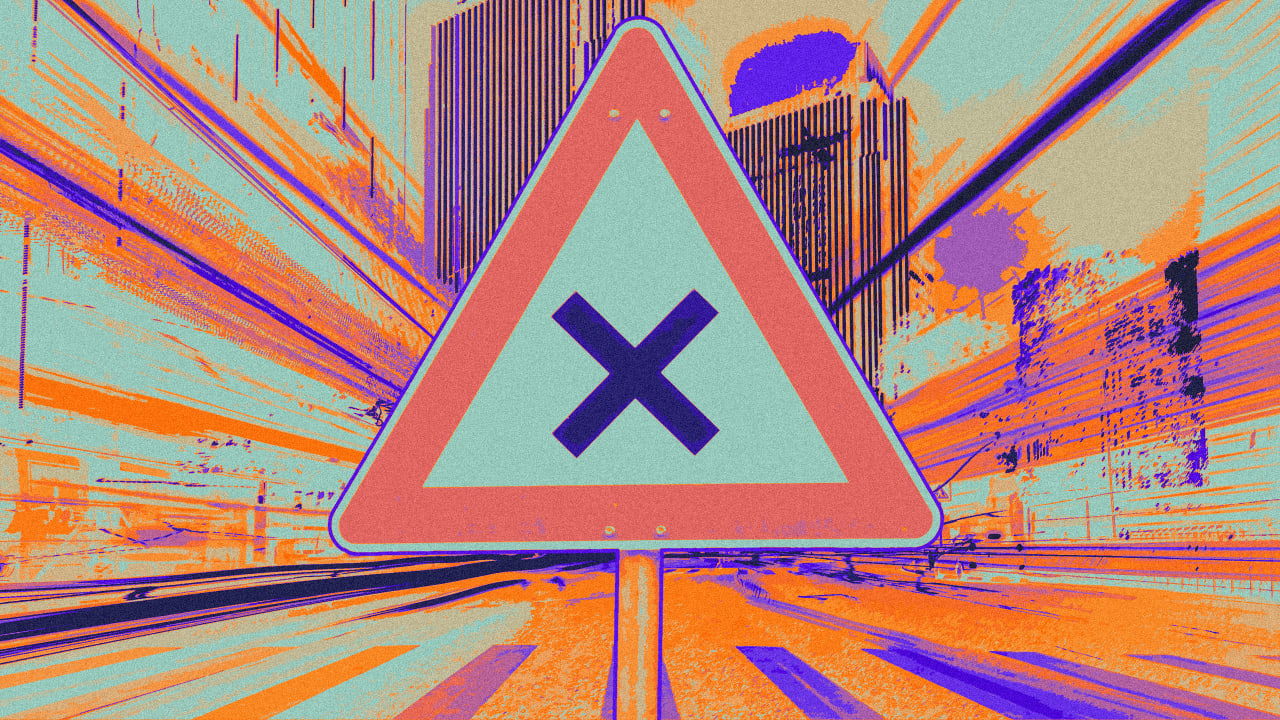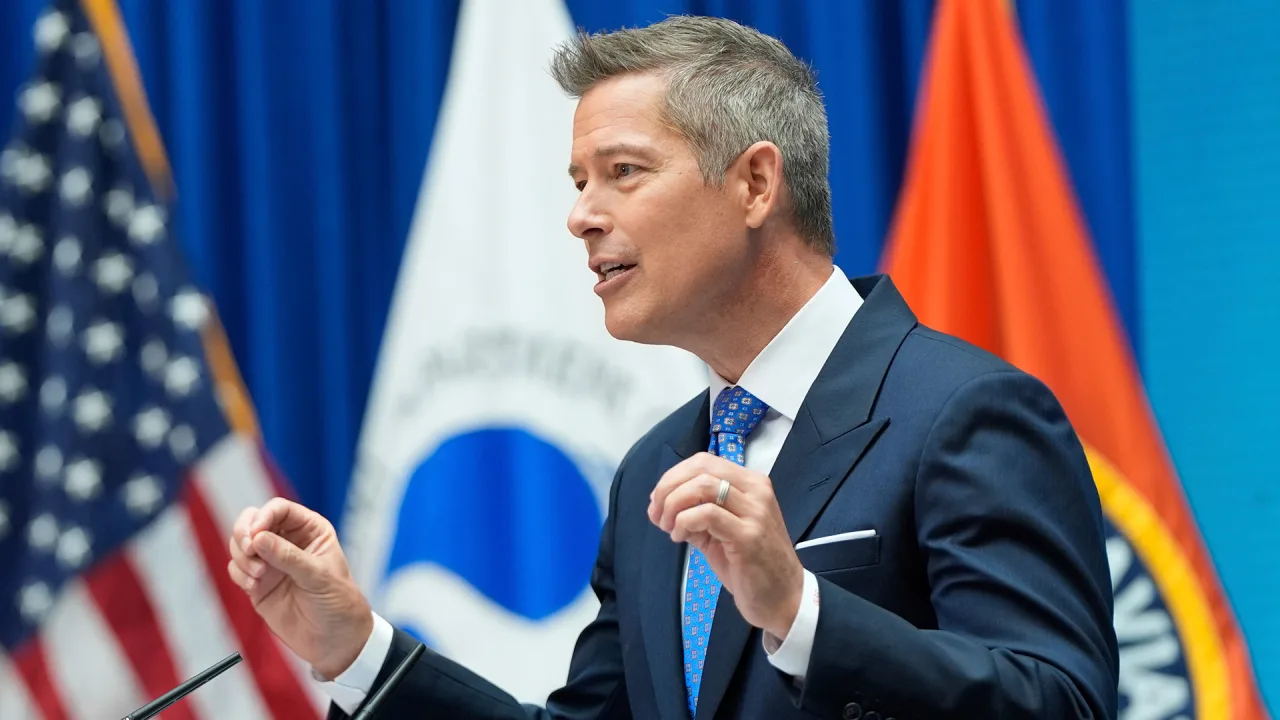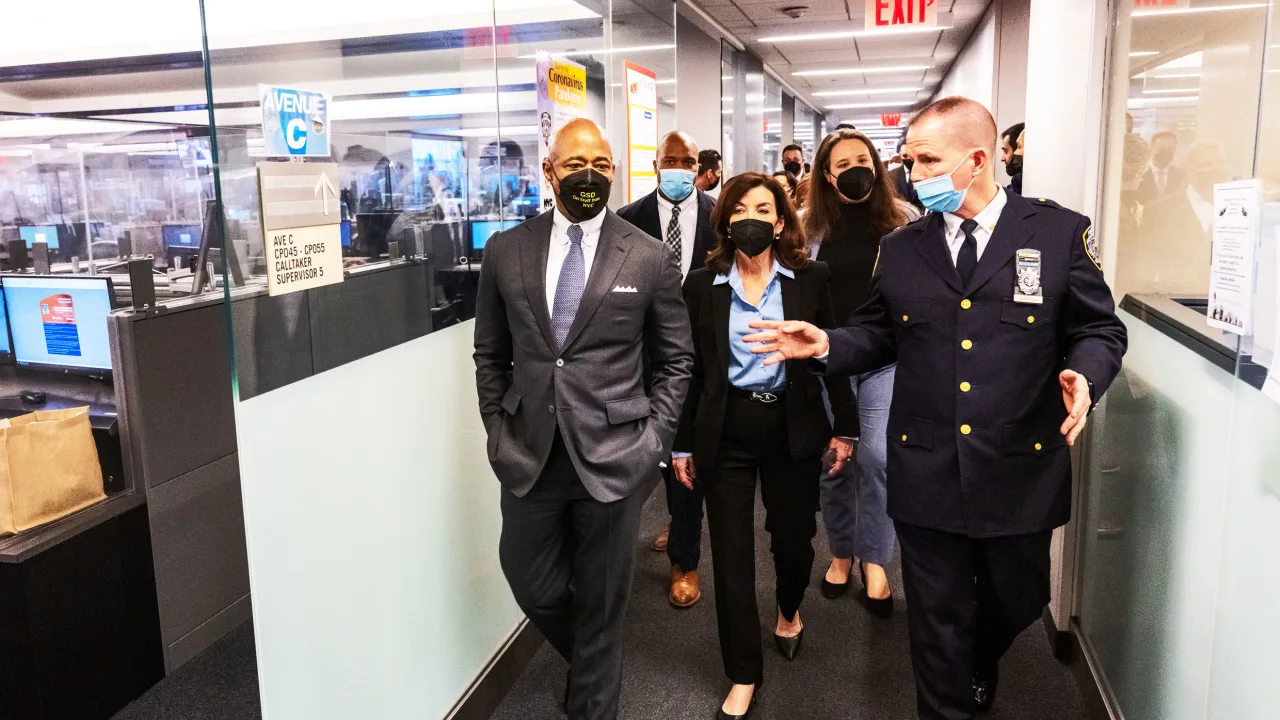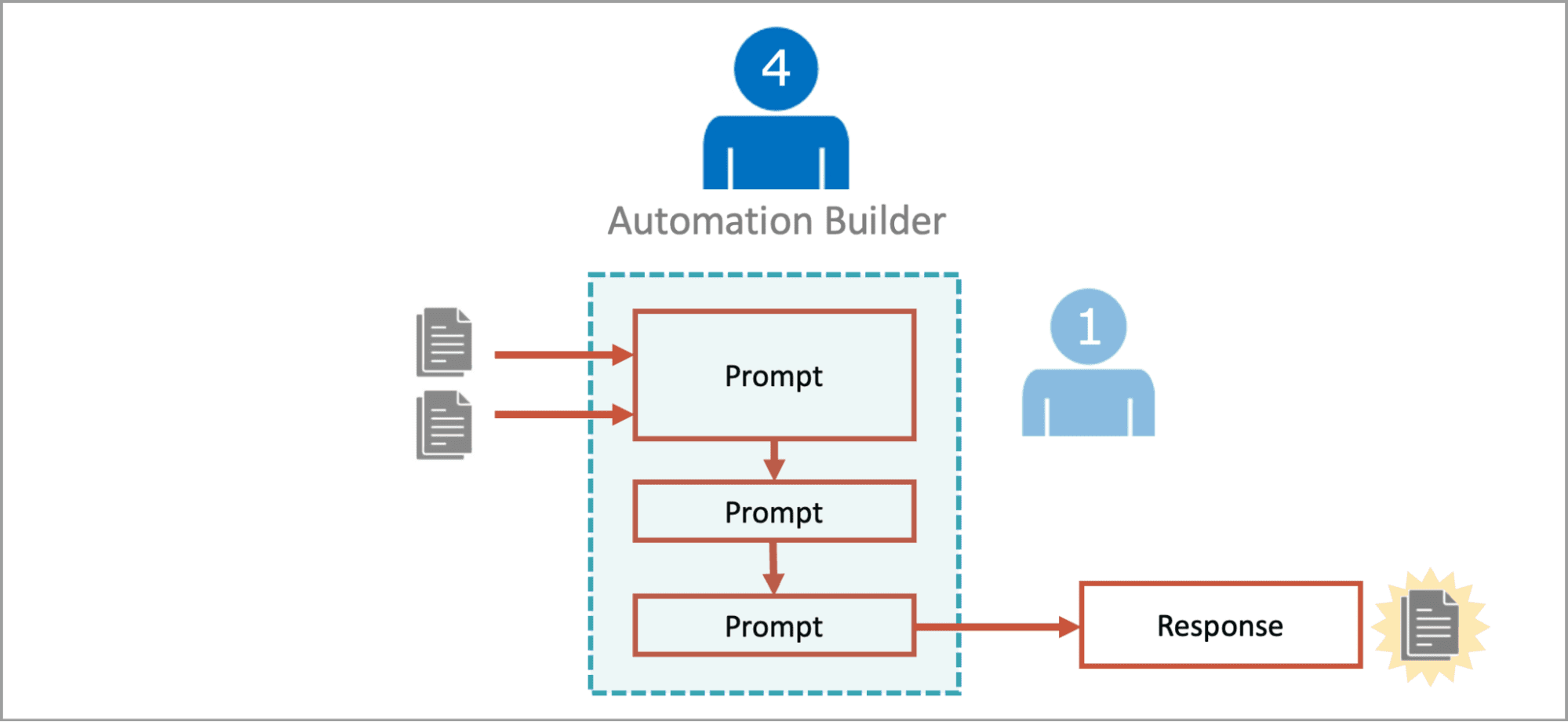It’s easy to design safer streets. City planners just need to care
Psychologist: “Design influences behavior.” Neuroscientist: “Design influences behavior.” Uncivil engineer: “It’s not like my road design influences driver behavior.” Every day, preventable crashes are destroying lives because transportation planners and engineers don’t understand that design influences behavior. (I’m being charitable by assuming they don’t understand.) Drivers respond to the built environment much the same way water responds to a riverbed. The shape, width, and surface conditions of the riverbed determine the water’s speed, turbulence, and direction. Likewise, the width of a road, presence of visual cues, curvature, intersections, and surrounding land use dictate how fast, aggressively, or cautiously people drive. The grocery store model If water sounds like too much of a stretch as a comparison, consider a grocery store. If you want to create public spaces that are intuitive and inviting, and encourage people to engage with their surroundings, then the best place to perfect these skills might be the grocery store. Retail giants understand and exploit the fact that design influences how people move through space. A grocery store is a real place where influencing behavior determines whether a business thrives or dies. Store layout is based on the art of persuasion. It’s all about creating an environment that encourages customers to buy more products as easily as possible. Any parent knows this, but it’s not just about candy at the cash register. Stores large and small invest time and money understanding human behavior, so they know which techniques work the best to influence buying habits. Expectations and habits Our brains are hardwired to react to buildings and spaces based on their visual characteristics. Tragically, those of us in the infrastructure business weren’t taught about how psychology and neuroscience directly relate to everything we plan, design, and construct. Street design doesn’t just influence behavior—it creates expectations and habits, often without conscious thought. For example: 1. Lane Width. Wide lanes signal to the brain: “You’re safe going fast.” Narrow lanes or painted-edge lanes create a sensation of compression, signaling: “Stay alert, slow down.” Wider lanes increase speed, which multiplies injury severity rates exponentially when collisions occur. 2. Sight Lines and Curvature. Long, straight sight lines encourage higher speeds. The farther ahead a driver can see, the more they feel they can safely accelerate. Curved roads, particularly in urban contexts, force natural speed modulation because the driver’s sight distance shrinks and perceived risk increases. 3. Street Trees and Vertical Elements. Streets with trees, light posts, benches, and buildings close to the curb create a “street wall,” giving drivers the impression that the space is tight and shared. A bare, wide-open road without vertical edges feels boundless and invites acceleration. Researchers call this “edge friction.” The more visual complexity and physical containment along the sides of a street, the slower and more carefully people drive. 4. Speed Limits vs. Speed Cues. Posted speed limits are barely noticed if street design suggests otherwise. A street engineered for 45 mph but posted at 25 mph will still see speeds closer to 45 unless strong visual and physical constraints are introduced. Design speed always wins over posted speed. 5. Lighting and Nighttime Design. Overly bright, highway-style lighting often promotes a false sense of security and encourages speeding. Moderate, pedestrian-scale lighting at consistent intervals supports slower, more cautious driving. Subconscious instructions The human brain processes the street as a series of subconscious instructions. The street is constantly whispering to drivers: “Relax and go fast,” or “Pay attention and slow down.” No amount of signage or enforcement will undo the basic psychological script written by engineers. Maybe transportation professionals should start their workday by looking at pictures of horrific crashes on streets that followed status quo design. At some point, someone on staff will have the courage to say, “What if design influences behavior?” If this is piquing your interest, check out the Human Factors of Infrastructure Design and Operations research committee, which is part of the National Academies of Science, Engineering, and Medicine. They’re cranking out tons of important work that’s never put into practice by professionals in the infrastructure business.

Psychologist: “Design influences behavior.”
Neuroscientist: “Design influences behavior.”
Uncivil engineer: “It’s not like my road design influences driver behavior.”
Every day, preventable crashes are destroying lives because transportation planners and engineers don’t understand that design influences behavior. (I’m being charitable by assuming they don’t understand.)
Drivers respond to the built environment much the same way water responds to a riverbed. The shape, width, and surface conditions of the riverbed determine the water’s speed, turbulence, and direction. Likewise, the width of a road, presence of visual cues, curvature, intersections, and surrounding land use dictate how fast, aggressively, or cautiously people drive.
The grocery store model
If water sounds like too much of a stretch as a comparison, consider a grocery store. If you want to create public spaces that are intuitive and inviting, and encourage people to engage with their surroundings, then the best place to perfect these skills might be the grocery store.
Retail giants understand and exploit the fact that design influences how people move through space. A grocery store is a real place where influencing behavior determines whether a business thrives or dies. Store layout is based on the art of persuasion. It’s all about creating an environment that encourages customers to buy more products as easily as possible. Any parent knows this, but it’s not just about candy at the cash register. Stores large and small invest time and money understanding human behavior, so they know which techniques work the best to influence buying habits.
Expectations and habits
Our brains are hardwired to react to buildings and spaces based on their visual characteristics. Tragically, those of us in the infrastructure business weren’t taught about how psychology and neuroscience directly relate to everything we plan, design, and construct. Street design doesn’t just influence behavior—it creates expectations and habits, often without conscious thought. For example:
1. Lane Width. Wide lanes signal to the brain: “You’re safe going fast.” Narrow lanes or painted-edge lanes create a sensation of compression, signaling: “Stay alert, slow down.” Wider lanes increase speed, which multiplies injury severity rates exponentially when collisions occur.
2. Sight Lines and Curvature. Long, straight sight lines encourage higher speeds. The farther ahead a driver can see, the more they feel they can safely accelerate. Curved roads, particularly in urban contexts, force natural speed modulation because the driver’s sight distance shrinks and perceived risk increases.
3. Street Trees and Vertical Elements. Streets with trees, light posts, benches, and buildings close to the curb create a “street wall,” giving drivers the impression that the space is tight and shared. A bare, wide-open road without vertical edges feels boundless and invites acceleration. Researchers call this “edge friction.” The more visual complexity and physical containment along the sides of a street, the slower and more carefully people drive.
4. Speed Limits vs. Speed Cues. Posted speed limits are barely noticed if street design suggests otherwise. A street engineered for 45 mph but posted at 25 mph will still see speeds closer to 45 unless strong visual and physical constraints are introduced. Design speed always wins over posted speed.
5. Lighting and Nighttime Design. Overly bright, highway-style lighting often promotes a false sense of security and encourages speeding. Moderate, pedestrian-scale lighting at consistent intervals supports slower, more cautious driving.
Subconscious instructions
The human brain processes the street as a series of subconscious instructions. The street is constantly whispering to drivers: “Relax and go fast,” or “Pay attention and slow down.” No amount of signage or enforcement will undo the basic psychological script written by engineers. Maybe transportation professionals should start their workday by looking at pictures of horrific crashes on streets that followed status quo design. At some point, someone on staff will have the courage to say, “What if design influences behavior?”
If this is piquing your interest, check out the Human Factors of Infrastructure Design and Operations research committee, which is part of the National Academies of Science, Engineering, and Medicine. They’re cranking out tons of important work that’s never put into practice by professionals in the infrastructure business.































































































































































